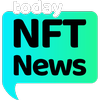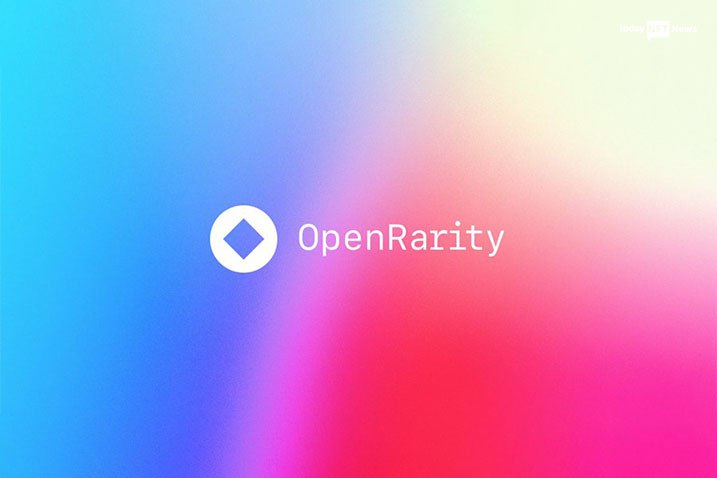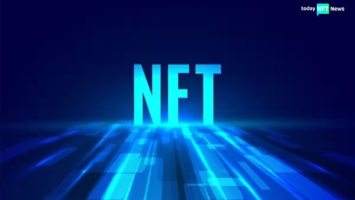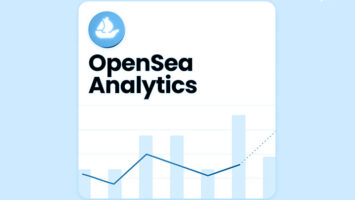The level of frustration that comes with rarity traits is well understood by those who trade non-fungible tokens. Lack of set standard leads to different results by different rarity tools. To access an accurate rarity list, one has no other option than visiting a number of websites.
Quite often, tool providers require creators to pay for rarity rankings, something unfavorable for projects with less budget.
Here comes OpenRarity
To overcome the mess, on September 15, OpenSea announced creating a rarity protocol, OpenRarity, with an aim to develop a transparent, open-source unique rating system for customers and artists. OpenSea’s debut is in collaboration with icy.tools, Curio and PROOF.
1/ We’re excited to announce that we’ve collaborated with @curiotools, @icy_tools and @proof_xyz to develop @OpenRarity, an open rarity standard for our community.https://t.co/pkr6UbQz9F
— OpenSea (@opensea) September 14, 2022
The emergence of NFT technology and new markets has led to the divergence in rarity rankings throughout all platforms, which causes confusion for sellers and buyers. OpenSea believes that it is important to enhance trust in the industry through transparency, which is why it is crucial to have a solution that offers a single and regular set of rarity rankings.
An open-source project, OpenRarity strives to better the way rarity traits are organized to eventually offer consistent rarity ranks.
As OpenSea is voluntary, NFT developers and collections can decide about using it. In case consumers want to take part in OpenRarity, developers can access the API which will enhance access of users to the particular data.
OpenSea, in a statement, stated:
We hope that OpenRarity starts the process of demystifying & standardizing rarity calculations and kickstarts a broader conversation about the factors that matter when participating within the NFT space.
Fundamentals of OpenRarity
Below are listed the principles of the OpenRarity methodology:
- It has to be easy to grasp for users, developers as well as producers.
- It must be impartial and associated with mathematical concepts.
- It has to be easy to recalculate when the dataset is updated.
- It should provide uniform rarity rankings for each and every publisher.
Utmost transparency
Rarity tools and calculations present in the market have nothing else than making the process confusing, blurred, and costly. OpenRarity has been created to standardize rarity calculations and initiate a wider interaction about the aspects that play a role while being a part of the NFT world.
Every non-fungible token is rare and has various attributes of different rarity that vary from usual to unique characteristics that appear one time. The rarity score of an NFT refers to its uniqueness as compared to other non-fungible tokens belonging to the same collection.
Every NFT has a numerical rarity score which shows its scarcity in terms of how unique its qualities are when they are combined.
Response from the community
Soon after the announcement was made, the community came forward with reactions. CoolCats is among the first projects to implement OpenRarity.
The project accepted OpenRarity very well.
We’re excited to be one of the first creators to opt-in on the new @openrarity NFT ecosystem on @opensea! 🤝
— Cool Cats (@coolcatsnft) September 15, 2022
Cool Cats is set to launch on the new rarity standard next week, with Cool Pets following soon. 👀 Stay tuned… https://t.co/0CI1TQ4ypN
Pudgy Penguins and PROOF are also in the queue to implement OpenRarity.
8/ This is just the first step though, and we’re excited to share that @pudgypenguins, @coolcatsnft and @proof_xyz will be the first creators to opt-in! Over the coming days, you’ll hear more from them and other OpenRarity collaborators – and we hope you’ll weigh in. Thank you!
— openrarity (@openrarity) September 14, 2022
Kevin Rose about OpenRarity
Kevin Rose shared his overview on his podcast while interacting with Arran Schlosberg, VP of Engineering at PROOF, who has made a major contribution in developing the mathematical algorithm as well as Aadil Mamujee, Product Lead at OpenSea.
Check out @kevinrose‘s deep dive into OpenRarity on the newest @proof_xyz podcast!🔉@amamujee joins @divergencearran to share more about the project’s origins and how the team developed the math & methodology underlying our new rarity protocol.https://t.co/Hc5RFsbUCv
— openrarity (@openrarity) September 19, 2022
Future plans
As of now, certain cases won’t be supported by OpenRarity and will be implemented in the future. These cases are-
- Number-themed traits will be addressed later
- Conditional probabilities of traits are set for future
- Trait Counts have not been planned to count rarity in the standard
Why does OpenRarity matter?
NFT rarity scores help owners of NFTs, as well as potential buyers, to understand the uniqueness of an individual NFT, which helps to estimate its value. Rarity is directly related to the demand of the projects besides diversifying them on the basis of varying percentages of utility and qualities.









